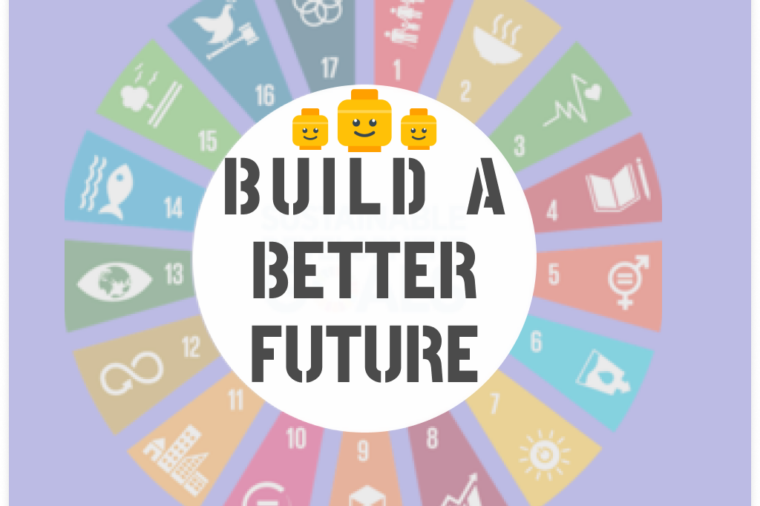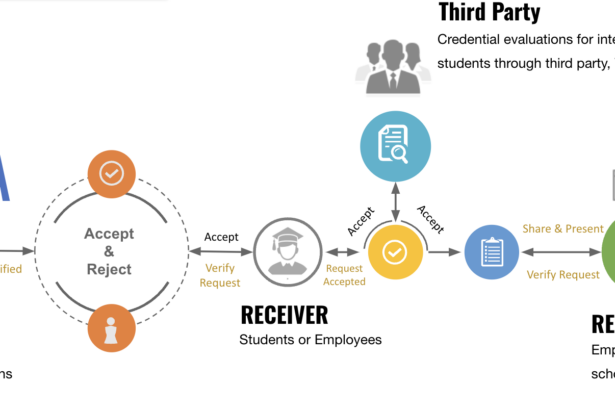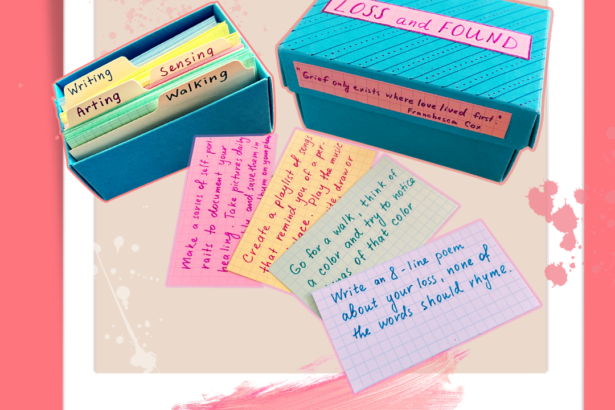For this project, I created a web-based platform for K-5 students to engage with the Sustainable Development Goals while designing and building a solution that can meet the goal.
In the platform students will go through five interactive, inquiry steps– engage, explore, explain, engineer, and energize. Here’s an explanation of each step:
- Engage: Students will with an overview of the SDGs through videos, books, the UN’s SDG character YAK
- Explore: students choose one specific goal they are interested in and research the goal through information provided in the platform and hyperlinks to book collections, videos, and additional resources they may want to explore.
- Explain: students record what they’ve learned about the SDG through symbols, written explanations, and personal connections to their context.
- Engineer: students will go through the rest of the engineering design process– brainstorm all the ideas they can, create a prototype of their idea, test to see if it works, and improve to make it the best it can be.
- Energize: A chance to share what they learned and how it will reach the goal! Here students can also view other’s designs and inspiration from real people working to reach the goals.
The platform will also include teacher resources for classroom integration.
The five interactive, inquiry steps were designed to introduce users to the SDG’s in a way that is meaningful and student-centered. Not only are students able to choose which of the goals they want to learn more about, they are guided to connect with the goal in a way that is relevant to them and encouraged to be creative to build a design that they believe will help reach the goal.
As students progress through the goals, they will not need to return to the engage step every time. For each goal, the explore and explain step will look slightly different– containing different information and question prompts that help students expand their thinking while they research. The engineering step is most important in pushing students to take what they learned about the SDGs and apply it to the real world. In this step, students will learn about different parts of the engineering process and as they continue through each of the SDGs they will learn about more complex design concepts they can use to make better designs! This step is meant to push students out of their comfort zone and think of amazing ideas! No idea is implausible or incorrect. For example, a robot that makes and then delivers McDonald’s Happy Meals to impoverished people in Guatemala may not be plausible, but it gets students to start thinking of solutions and how they can MAKE, DO, or CREATE a solution!
This project stemmed from a project that I designed with my 4th graders in Hong Kong. Students are highly interested in STEM topics, but they are often introduced in classrooms without context or connection to the real world. I designed this platform so that teachers can easily integrate STEM concepts in meaningful ways. Rather than learning siloed robotic or design principles, students are relating these principles to their world. The 5-step approach to each of the 17 goals provides a scaffolded approach to interacting with the SDGs but also learning complex engineering concepts.
This platform can be expanded to use various materials for the Engineer step. I started with using Lego robotics materials and curriculum because it is a popular material accesible to many STEM programs in the United States. Other possible mediums would be recycled materials, Roblox, minecraft or Scratch. I hope to build several iterations of this platform using the different mediums to make it more accessible to various audiences.



